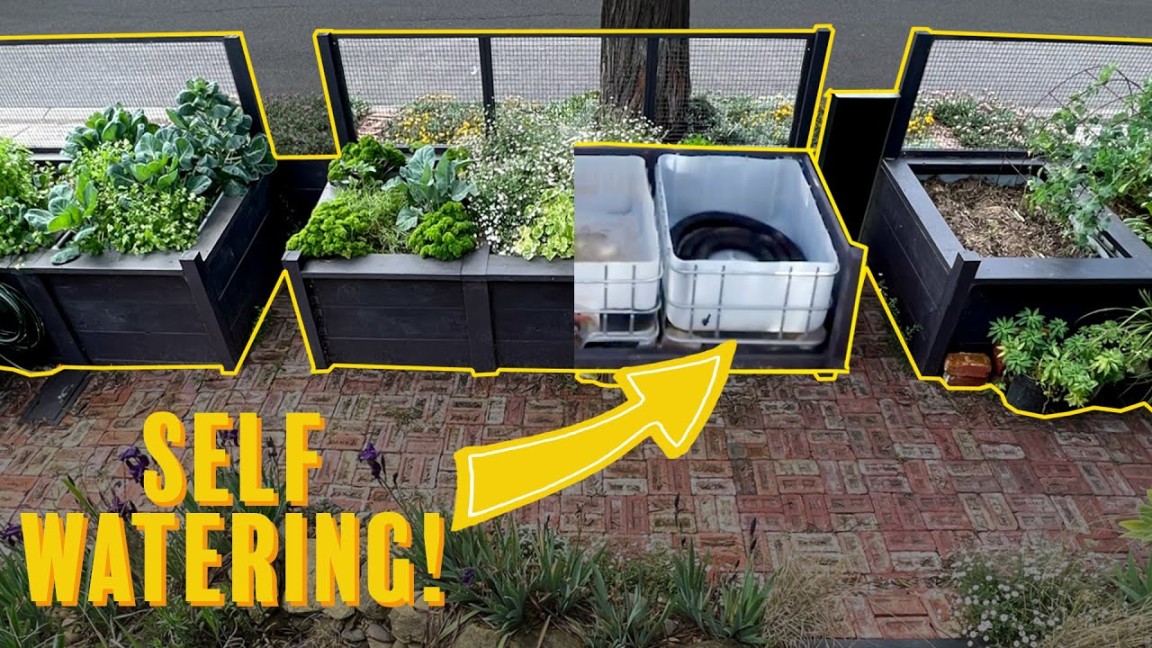Self-Watering Garden Beds: A Gardener’s Dream
Self-watering garden beds offer a convenient and efficient solution for maintaining healthy plants, even in the absence of frequent watering. These innovative systems provide a consistent supply of moisture to the root zone, reducing the need for manual watering and minimizing water waste.
The core principle behind self-watering garden beds is a reservoir that stores water. This reservoir is typically located at the bottom of the planter or raised bed. A wicking material, such as coconut coir or a specialized fabric, draws water from the reservoir up to the plant’s root zone. This capillary action ensures that the soil remains consistently moist.
Reduced Watering: Self-watering systems significantly reduce the frequency of watering, saving time and effort.
To create a self-watering garden bed, you’ll need a few essential components:
1. Container or Raised Bed: Choose a container or build a raised bed with drainage holes.
2. Reservoir: A plastic container or a section of the bed can be used as a reservoir.
3. Wicking Material: Coconut coir, fabric, or specialized wicking mats are suitable options.
4. Potting Mix: A well-draining potting mix is essential for optimal plant growth.
1. Prepare the Container: Drill drainage holes in the bottom of the container or raised bed.
2. Add the Reservoir: Place the reservoir at the bottom of the container.
3. Layer the Wicking Material: Cover the reservoir with a layer of wicking material.
4. Add Potting Mix: Fill the container with a well-draining potting mix.
5. Plant Your Seedlings or Plants: Carefully plant your seedlings or plants into the potting mix.
6. Water the Reservoir: Fill the reservoir with water, ensuring it reaches the wicking material.
Monitor Moisture Levels: Regularly check the moisture levels in the soil to avoid overwatering or underwatering.
Self-watering garden beds offer a practical and sustainable approach to gardening. By providing a steady supply of moisture to plant roots, these systems promote healthy plant growth and reduce the need for frequent watering. Whether you’re a seasoned gardener or a beginner, a self-watering garden bed can enhance your gardening experience and help you cultivate a thriving garden.

